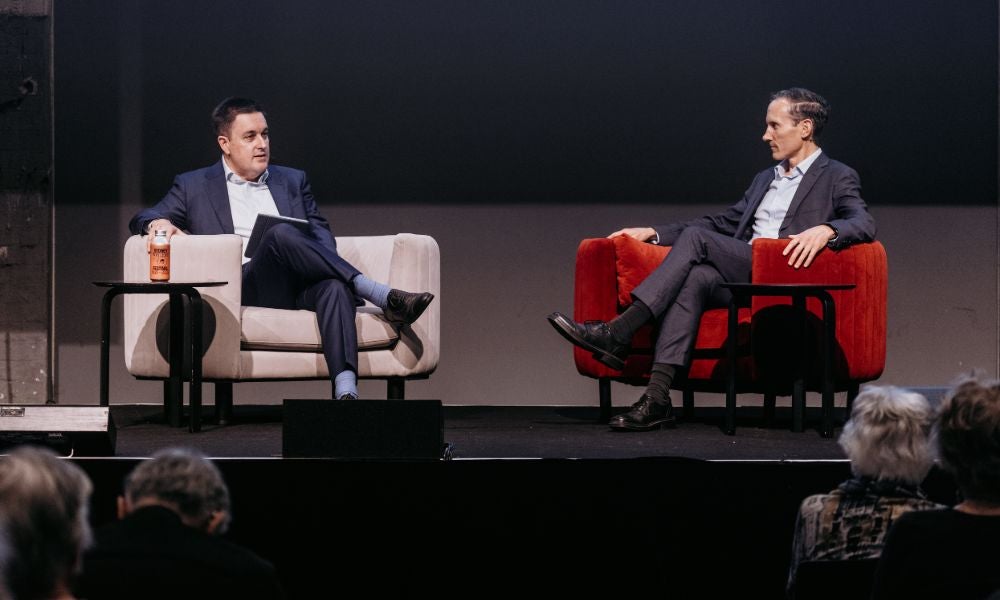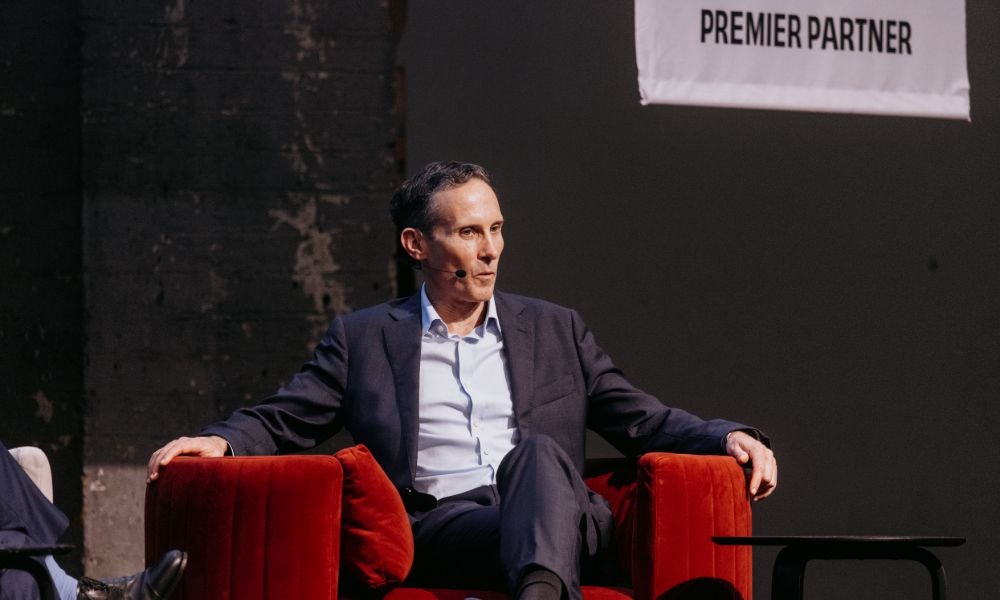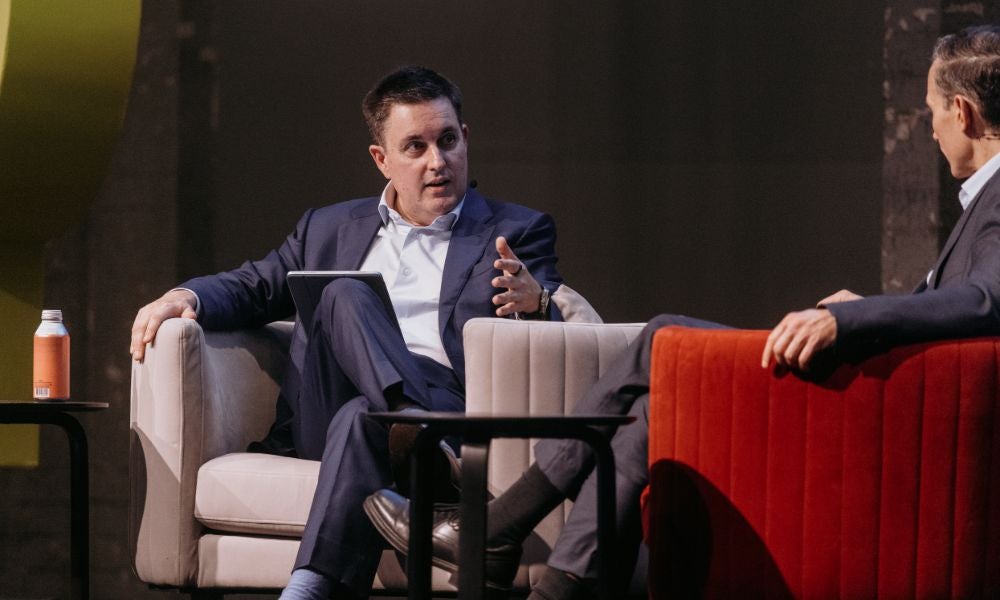The case for prosperity: A new economic vision to tackle inequality
Economist and MP Dr Andrew Leigh argues that tackling inequality will require a bold policy shift focused on expanding access to housing, education and opportunity
Australia’s economic divide is widening. Australia had the 17th highest level of income inequality in the OECD in 2020, which has been rising at a modest rate since, according to the latest HILDA data. While the country once prided itself on being a land of egalitarian opportunity, the reality today tells a more complicated story. Income inequality has risen since the 1980s, but it’s the growing gap in wealth, particularly in housing, that’s becoming a defining challenge for the next generation.
During a recent talk at the Sydney Writers’ Festival, Dr Andrew Leigh, an Australian politician, author, lawyer and former Professor of Economics at the Australian National University, unpacked the past, present and future of economic inequality in Australia. He was interviewed by Scientia Professor Richard Holden, a leading economist at UNSW Business School and author of Money in the Twenty-First Century.

Dr Leigh, who currently serves as the Assistant Minister for Competition, Charities and Treasury and is the author of The Shortest History of Economics, argued that the roots of inequality today lie not just in wages but in rising asset values. And while Australia’s tax and welfare systems help soften the blow, they haven’t kept pace with the structural economic shifts transforming how Australians build and inherit wealth.
Australia’s egalitarian story and its gold rush origins
Australia’s egalitarian identity is a source of national pride. Dr Leigh traced part of this mindset back to the gold rush era, where the structure of land ownership meant wealth was more widely distributed than in many other resource-rich nations.
“We reduced the allotment sizes to, I think it's about nine feet by nine feet, which essentially meant that people were buying lottery tickets, and it was quite hard for landholders to expropriate most of the wealth. So a lot of the wealth actually ended up going to diggers,” Dr Leigh explained.
Subscribe to BusinessThink for the latest research, analysis and insights from UNSW Business School
He contrasted this with countries like Argentina and South Africa, where resource extraction typically benefited elites. In Australia, by contrast, the randomness of gold discoveries and the broad distribution of land gave ordinary people a chance to strike it rich, contributing to early democratic values and what he called “accessibility at the time.”
Yet by the late 20th century, those egalitarian foundations began to erode. So, where does Australia sit now on the scale of inequality? “We're about midway – more equal than the United States or Latin America, more unequal compared to the Scandinavian countries,” Dr Leigh said.
Professor Holden added that much of the change was tied to globalisation and economic reform. “Much of that rise in inequality is the inevitable consequence of a globalising world, and Australia is always becoming part of that.”
Wealth, not just wages, is the new inequality frontier
While income inequality remains a concern, Dr Leigh argued that the real divide shaping opportunity in Australia is wealth, particularly through property ownership. “You go back to 1940… a typical home cost about three to four years of income,” he said. “Then by 2000 it goes up to about seven. And over the last quarter-century, it's gone up to about 11.”

In other words, the time it takes to buy a home has nearly tripled, putting homeownership increasingly out of reach for younger Australians. This has profound implications for fairness and mobility. “What probably matters most across generations is not how much you earn in a given year, but how much wealth you accumulate over a lifetime – and how that’s passed on,” Dr Leigh suggested.
Professor Holden raised the distinction between income and wealth inequality, asking whether they should be considered separately. Dr Leigh agreed, noting that wealth is often harder to measure but even more consequential for determining life chances.
How Australia’s tax and transfer system softens the blow
Despite these challenges, Australia’s tax and welfare system continues to play a vital role in redistribution. “Australia’s transfer system is the most efficient inequality plastic transport system in the world,” Dr Leigh said.
He pointed to targeted programs such as means-tested pensions, flat-rate unemployment benefits, and family tax benefits – mechanisms that make Australia’s model more efficient than many global peers.
However, he acknowledged that the system has not adapted significantly in recent decades and does not fully address the growing inequality in wealth. “The impact of the transfer system hasn't changed a great deal. So it doesn't explain the changes, but it certainly explains the take-home.”
Learn more: Alan Kohler: market distortions are fuelling Australia’s housing crisis
While the system remains effective, Dr Leigh noted that applying for support is often complex and taxing for those who need it most. “It needs a lot more capability to do to apply for income support in Australia,” he said.
Beyond redistribution: an ‘abundance agenda’
Rather than relying solely on redistribution to address inequality, Dr Leigh made a case for a proactive and optimistic strategy — what he called the “abundance agenda.”
Drawing on ideas explored in Ezra Klein’s latest book and elsewhere, the abundance agenda focuses on removing barriers to supply – in housing, education, clean energy and infrastructure – to ensure more Australians can access what they need to thrive.
“What's exciting about the government's agenda is it's centred around getting more education, right across the board, more clean technology... more housing so we're able to have housing come back to being a consumption rather than an investment,” Dr Leigh said.
He positioned this approach as a hopeful alternative to populist or zero-sum narratives. “I think it offers not a… politics of degrowth, but an optimistic politics of how we expand the benefits which most Australians already enjoy.”
Mobility, community and what comes next
Dr Leigh and Professor Holden also explored social mobility, or how easily Australians can move up the economic ladder. While Australia performs better than the United States, it still lags behind countries like Sweden and Denmark.
“Still, you see persistence in attendance at university... kids who are first in their family and attend university are still the exception, rather than the norm,” Dr Leigh said.

He also stressed the importance of entrepreneurship and social capital, noting that many successful business founders come from families with access to mentorship and financial support.
The conversation ended with a reflection on the role of community in shaping opportunity and resilience for all. Dr Leigh highlighted the benefits of neighbourhood cohesion, for example, something that can counter inequality in subtle but meaningful ways.
“I do quite like community. I do quite like the stability that comes with people living in neighbourhoods for an extended period of time,” he said. “It becomes a much friendlier and safer place as a result. Putting on a street party easily passes the cost-benefit test.”
